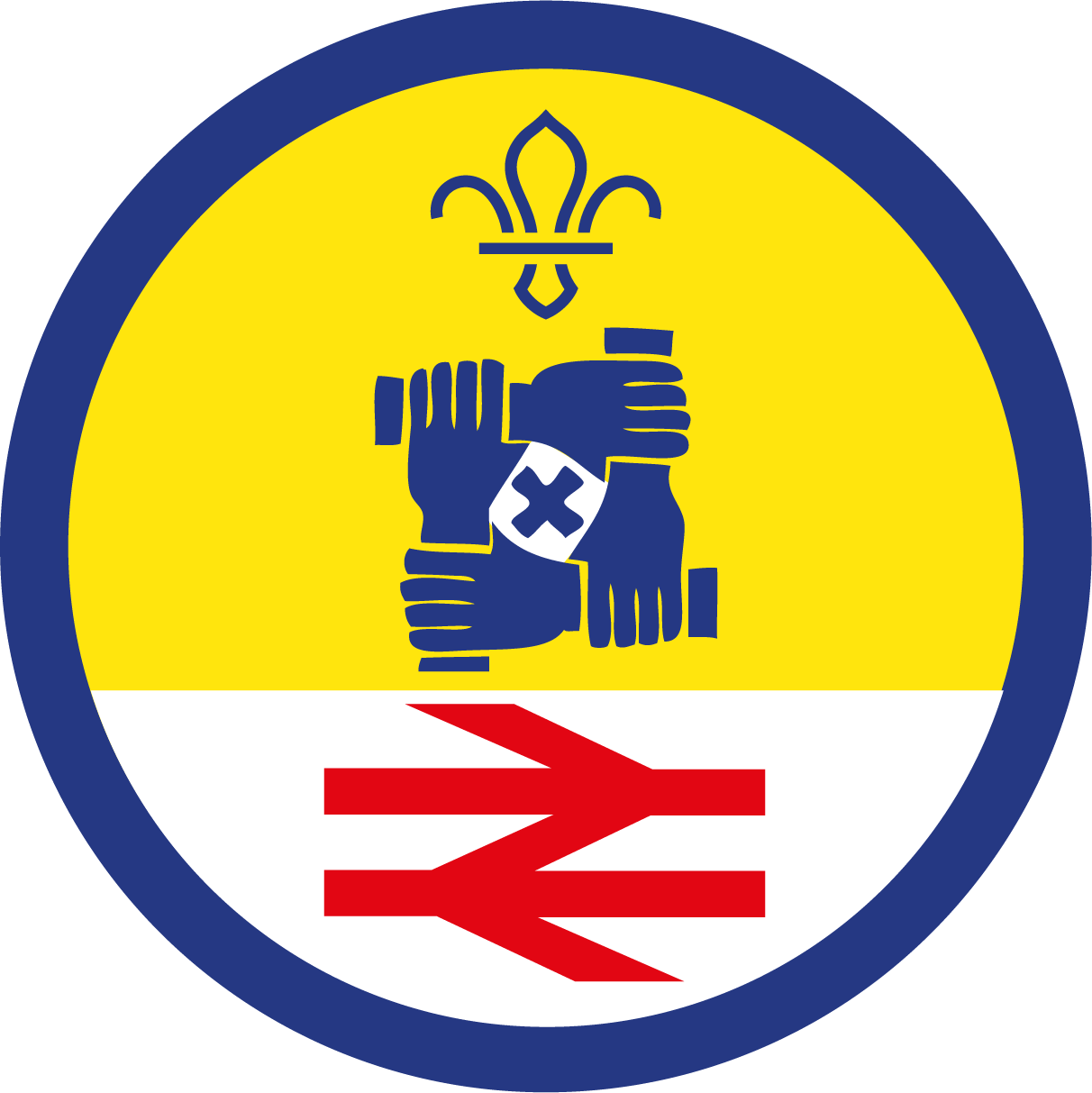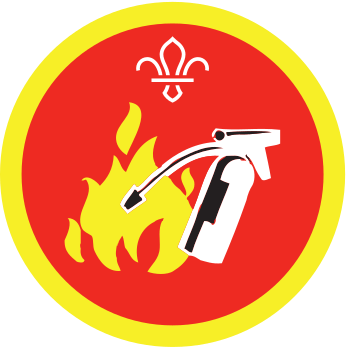Kim’s danger game
You’ll need
- Sheet or blanket
- Items to cover (see list in the instructions)
Before you begin
- Gather items from the ‘Kim’s danger game items’ list below.
- Set the items out on a table and cover them with a large sheet or blanket.
- If you have a big group, you may need to run a few games at once to make sure everyone can see and take part.
What’s my hazard?
- Everyone should stand around the covered table. They should stand a step away.
- The person leading the game should remind everyone that they shouldn’t touch anything on the table.
- The person leading the game should count to three and remove the cloth to reveal the items. They should explain that these are ordinary objects from home that could be dangerous.
- Everyone should take a moment to look at the objects, then everyone should talk together about why they may be dangerous. How could the objects be used safely? Are there any that may be especially dangerous for young children or elderly people?
Play the game
- Everyone should turn around (or close their eyes) and the person leading the game takes one of the items away.
- Everyone should look at the items again. They should try to work out which item has been taken away. Anyone who knows the answer should put their hand up, and the person leading the game should ask one person to tell everyone which item’s been taken away, and what makes it dangerous.
- Everyone should repeat steps one and two, with the person leading the game replacing each item and taking a different one away each time. Everyone should keep playing until everyone’s contributed.
- Now everyone’s a danger expert! Everyone should explore the meeting place to try and find any hazards that need addressing. They may need to think about what could be dangerous if a young child or elderly person visited.
- After a while, everyone should gather back together to share their findings and congratulate each other for becoming safety-aware.
Kim's danger game items
- Empty pill bottle with the lid off. Always keep lids on medicines and keep them out of the reach of children.
- Open children’s scissors. Close scissors and put them away after use. Always pass scissors by holding the closed blades and passing them handle first.
- Kettle with the lid open. Close the lid so scalding steam doesn’t escape. Beware of coming from the spout.
- Toy with wheels. Toys with wheels are a trip hazard when left on the floor or stairs.
- Box of matches. Always store matches away from small children.
- Smoke alarm with no battery. Always test your smoke alarm and check the batteries.
- Plug. Keep plugs switched off when not in use. Never stick your fingers in a socket. Don’t leave an upturned plug on the floor – someone may tread on it.
- Iron. Always switch irons off and put them away. Make sure the cord doesn’t trail. Only adults should use an iron.
- Empty bottle of bleach or cleaner. Always put the lid on cleaners. Store them safely away from children. Never put bleach or cleaners into other bottles (someone might think they’re drinks).
- Nail. Pick up any dropped nails in case someone treads on them.
- Hammer or screwdriver. Store tools safely away from children. If a heavy tool like a hammer falls from a surface, it could hurt someone.
- Small sweets in a bowl. If things that look like sweets aren’t in their original packaging, it’s hard to know what they are – they may not be sweets at all. They may even be pills or tablets that are harmful for other people.
- Blunt knife (or a knife with a safety cover). Always store knives safely away from children. Never leave a sharp knife in soapy water as someone might put their hand in the water and get hurt.
- Empty open tin cans. Be careful as tins might have sharp edges. Take the food out of the tin, wash the tin, and put it in the recycling.
- Packet of meat (or an empty meat packet). Always store meat products in the fridge or a cool place and check the use by date. If it’s not stored in a fridge, meat can contain bacteria that could make people ill.
Reflection
This activity gave everyone a chance to learn about everyday dangers they may find at home and how to keep themselves (and others) safe. What others hazards could be in a kitchen or bathroom? People may think about things like very hot water, drying hands before touching a light switch, or turning saucepan handles in so they can’t be pulled or knocked off. People shouldn’t try and tackle dangerous hazards themselves. They should act as advisors, telling an adult what needs to happen to keep things safe.
Safety
All activities must be safely managed. You must complete a thorough risk assessment and take appropriate steps to reduce risk. Use the safety checklist to help you plan and risk assess your activity. Always get approval for the activity, and have suitable supervision and an InTouch process.
- Scissors
Supervise young people appropriately when they’re using scissors. Store all sharp objects securely, out of the reach of young people.
- Sharp objects
Teach young people how to use sharp objects safely. Supervise them appropriately throughout. Store all sharp objects securely, out of the reach of young people.
- Rubbish and recycling
All items should be clean and suitable for this activity.
- Food
Remember to check for allergies, eating problems, fasting or dietary requirements and adjust the recipe as needed. Make sure you’ve suitable areas for storing and preparing food and avoid cross contamination of different foods. Take a look at our guidance on food safety and hygiene.
You could start with a few objects and add more once people have got the hang of it. If people find it easy, take away two items, or move the objects around so people can’t remember where they were.
People can point to the missing objects. They could also work in pairs.
All Scout activities should be inclusive and accessible.
If you have kitchen space you could set up some more hazards. Why not try an open cupboard, a knife not stored safely, a saucepan handle sticking outwards, and food spilt on the floor? Ask people to look around and see how many hazards they can spot.

